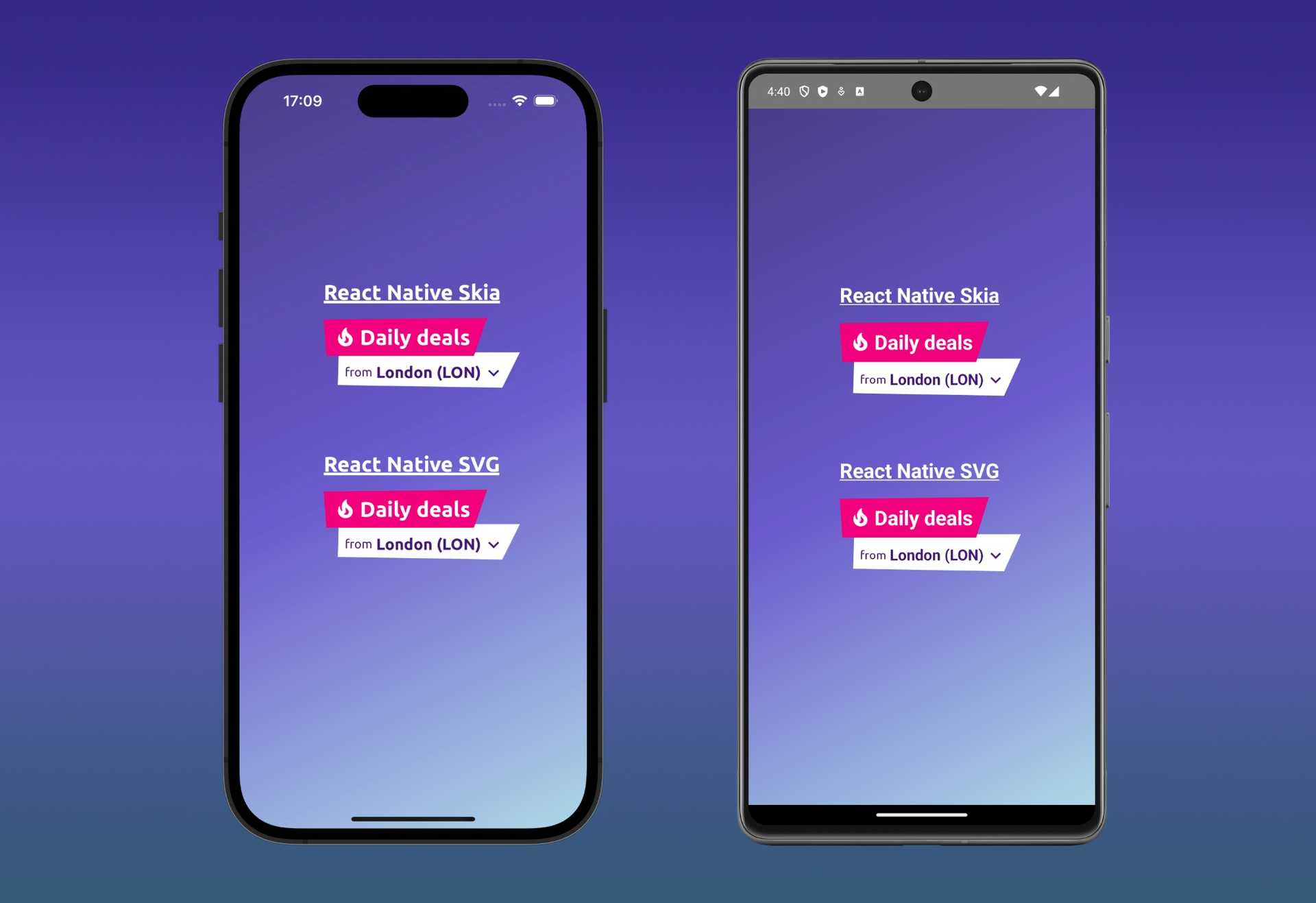In this post I will talk about asynchronous testing in Swift.
As we saw in this post and also
in this other one, closures
are one of the most important building block of Swift. They are extensively used inside the iOS SDK.
But in the previous posts about closures I didn't answer one very important question: how can you do unit test
asynchronous operation and closure? It seems Apple has the answer for us!! Inside the iOS Testing framework we have **
expectations**.

How do they work? To test that asynchronous operations (and closure) behave as expected, you create one or more expectations within your test, and then fulfill those expectations when the asynchronous operation completes successfully. Your test method waits until all expectations are fulfilled or a specified timeout expires. The general code structure for expectation with closure is like the following example:
let expectation = XCTestExpectation(description: "Expectation description")
yourInstance.method(param: "aParam") {
<Your assert using XCTAssert...>
expectation.fulfill()
}
wait(for: [expectation], timeout: <time to wait the fulfillment of the expecation>)Basically to test asynchronous operation/closure you must:
- create an expectation that is an instance of
XCTestExpectation - execute your closure, make your assert on the closure return value/parameter and call the method
fulfillofXCTestExpectation
So, what about a more complex example? Let's see how powerful expectation are and most importantly how we can test them.
Suppose for example we have a use case class
called PasswordUpdateUseCase with the following implementation:
public class PasswordUpdateUseCase {
private let passwordService: PasswordService
private let passwordRepository: PasswordRepository
public init(passwordService: PasswordService, passwordRepository: PasswordRepository) {
self.passwordService = passwordService
self.passwordRepository = passwordRepository
}
public func update(password: String) {
passwordService.update(password: password) { success, error in
if success {
self.passwordRepository.save(password: password)
}
}
}
}As you can see inside the update method we have an instance of PasswordService that, as the method name suggest,
execute an update of the user password and return the result of the operation inside a closure. How do we unit test?
Let's see how we can achieve our objective using some handmade mock and expectation. For this post I will NOT USE
the "Given-then-when" structure I used in
a previous post, because I want to keep the
focus on the code structure. First of all, to test our use case we need to mock the PasswordRepository. In our test we
want to verify if our save method has been called or not. We can achieve this objective by implementing a spy
object, PasswordDatabaseRepositorySpy, that exposes a status property savePasswordHasBeenCalled.
class PasswordDatabaseRepositorySpy: PasswordRepository {
private(set) var savePasswordHasBeenCalled = false
func save(password: String) {
savePasswordHasBeenCalled = true
}
}Now it's time to mock our PasswordService. We need to mock it so that it has the following features:
- it exposes a status property that let us know if the method
updatehas been called - it simulates an asynchronous call inside the
updatemethod - it can fulfill the expectation of our test in time
A lot of stuff to do. Let's see how we can implement it. We will call it PasswordNetworkServiceSpy.
class PasswordNetworkServiceSpy: PasswordService {
private(set) var updatePasswordHasBeenCalled = false
private let expectation: XCTestExpectation
private let successful: Bool
init(expectation: XCTestExpectation, successful: Bool) {
self.expectation = expectation
self.successful = successful
}
func update(password: String, completion: @escaping (Bool, Error) -> ()) {
DispatchQueue.main.asyncAfter(deadline: .now() + .milliseconds(200)) {
self.updatePasswordHasBeenCalled = true
completion(self.successful, NSError(domain: "error", code: -1, userInfo: nil))
self.expectation.fulfill()
}
}
}The interesting thing of our implementation is that our spy will be in charge of fulfill the expectation, because the
closure executed inside the PasswordUpdateUseCase is created inside our PasswordService spy, and we have to be sure
that after its execution the expectation.fulfill() is called.
Now we are ready to write our unit tests. We will test two cases: update successful and update failure.
class AsynchronousTestingClosureDependencyTests: XCTestCase {
func testUseCaseUpdatePasswordSuccessful() {
let updateExpectation = expectation(description: "updateExpectation")
let service = PasswordNetworkServiceSpy(expectation: updateExpectation, successful: true)
let repository = PasswordDatabaseRepositorySpy()
let passwordUseCase = PasswordUpdateUseCase(passwordService: service,
passwordRepository: repository)
passwordUseCase.update(password: "::password::")
wait(for: [updateExpectation], timeout: 300)
XCTAssertTrue(service.updatePasswordHasBeenCalled)
XCTAssertTrue(repository.savePasswordHasBeenCalled)
}
func testUseCaseUpdatePasswordFail() {
let updateExpectation = expectation(description: "updateExpectation")
let service = PasswordNetworkServiceSpy(expectation: updateExpectation, successful: false)
let repository = PasswordDatabaseRepositorySpy()
let passwordUseCase = PasswordUpdateUseCase(passwordService: service,
passwordRepository: repository)
passwordUseCase.update(password: "::password::")
wait(for: [updateExpectation], timeout: 300)
XCTAssertTrue(service.updatePasswordHasBeenCalled)
XCTAssertFalse(repository.savePasswordHasBeenCalled)
}
}As you can see in this test we have an example of an expectation creation/usage. In each test we are calling
the wait(for: [updateExpectation], timeout: 300) so that the tests will "wait" until the expectation is fulfilled or
the max timeout is reach (and in the last case the test fails, no matter the other condition). The most strange thing is
related to the order of instruction between the wait and the various XCTAssert. To make our tests work we need to
wait until the closure inside the update method of the use case is completed. Then we can make our assertion and
verify that our conditions are verified to make our test pass (so, in this case, we can verify that our various method
on the various collaborators have/have not been called). We are done with our example. As you can see you can experiment
a little bit with expectations and implement complex patterns to verify your closure. You can find the complete example
discussed
above here.
Expectation: your true friend for asynchronous code testing .



